Many software development companies are reluctant to hire a dedicated technical writer because they seem to think documentation either isn’t necessary or that it can easily be created by other members of their team.
They are wrong on both counts, and we’re here to explain why.
Having ample quality documentation to go with your product can ensure your product is instantly loved by your customers, as well as make the work of your entire team much easier.
And the only expert who can create this kind of documentation is a good technical writer.
Want to know more? Well, read on and learn five important reasons why a technical writer can be an invaluable asset to your company.
Complete Dedication to Documentation
Documentation has become an integral part of almost any type of product you can think of. Yet, not every project has a dedicated technical writer.
In fact, many projects rely on the team developing the product to also create all of the relevant documentation. This can be pretty problematic for two fundamental reasons:
- The development team doesn’t have the time or the inclination to write documentation.
- Other team members involved with the project don’t necessarily possess the skills needed for creating quality technical documentation.
This situation is particularly common in software development. Developers themselves often admit they’re not thrilled with having to write documentation on top of their other responsibilities.
Andrés Reales, blogger and full-stack developer, is one of them:
“Programmers hate writing documentation because documenting code keeps them from coding. Writing documentation is often seen as a secondary task, which programmers do when they’re not coding anything new. Programmers are good at coding but not as good at turning their ideas into writing.”
Even with enough time and goodwill, other experts simply lack some of the skills and knowledge that are crucial for technical writing. This developer sums up the problem very well:
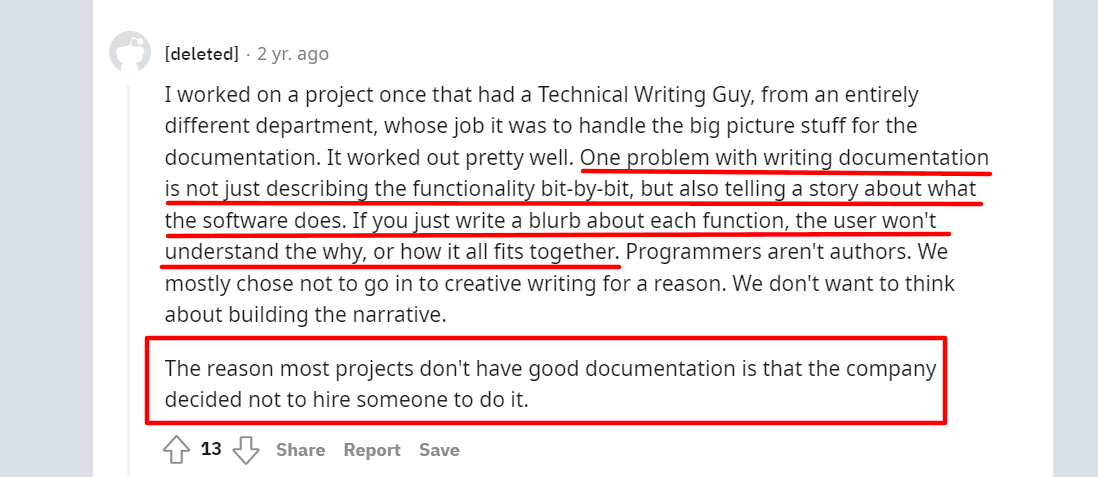
Source: Reddit
However, with a quality writer on your team, you have a person who is dedicated to the mission of telling the story of your product and teaching your audience how to use it successfully.
This not only allows other team members to focus on their primary job but also removes every obstacle your users are facing when they start their journey with your product.
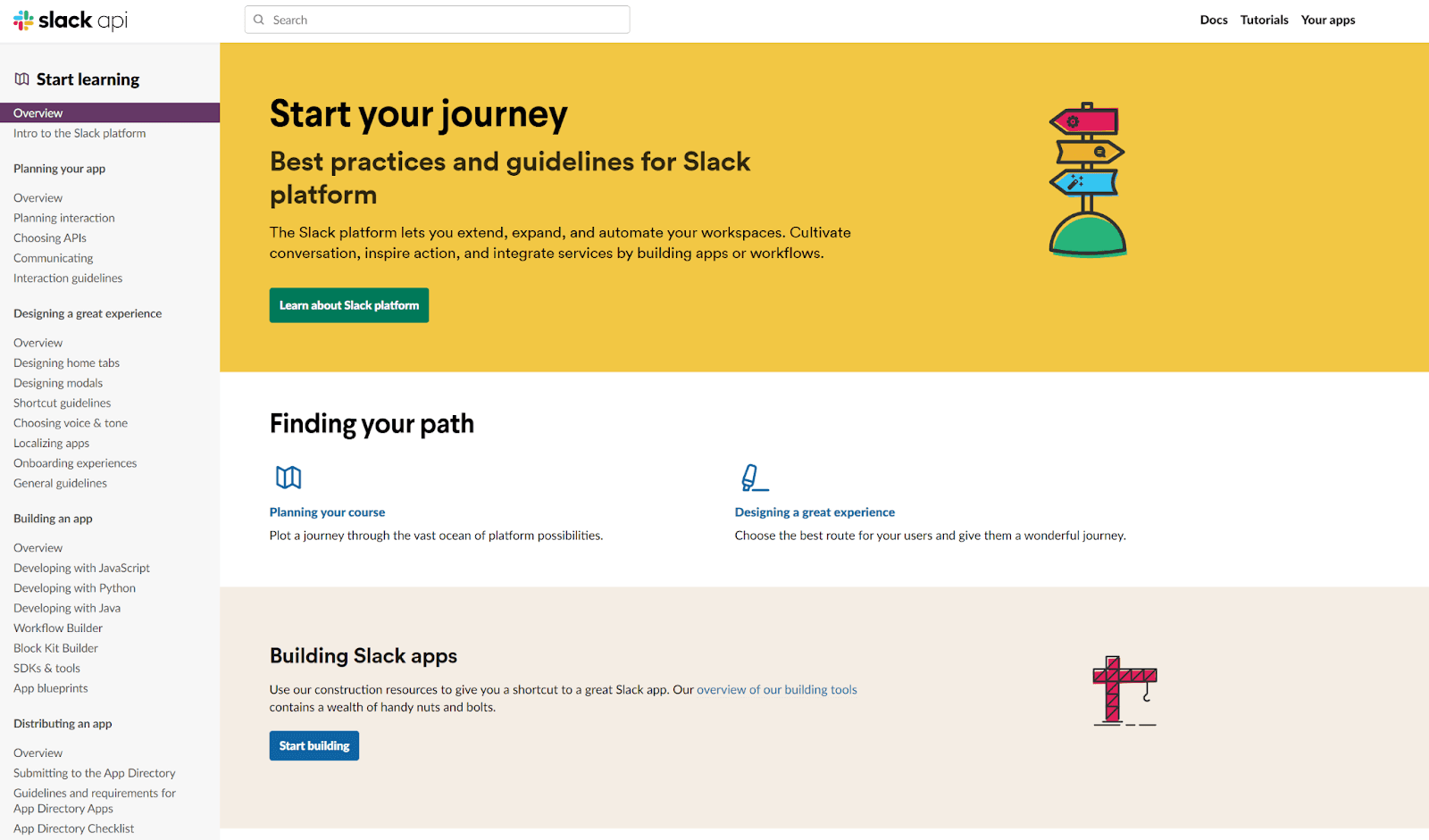
Source: api.slack
To sum up, when your project isn’t documented by a dedicated technical writer with a very particular skillset, the results can be rather disappointing.
In the worst-case scenario, your documentation might be a complete waste of resources because it simply won’t be used.
On the other hand, with a dedicated writer on your team, you’re ensuring your documentation actually helps the people using your product while also allowing other team members to focus on their work.
Creating Comprehensive Documentation
Technical documentation, when done right, is a very valuable resource that creates a bridge between the product and your users and has several other business benefits, such as supporting your marketing efforts, facilitating product development, and reducing your support team’s workload.
But in order to fulfill so many functions, it needs to be comprehensive and laser-focused at the same time.
The only experts who can create such documentation are technical writers.
One of the responsibilities of a technical writer is to collect knowledge from other experts so that they can later incorporate it into their writing.
They do this by holding meetings and interviews with the stakeholders of the project. These include:
- Subject matter experts (SMEs) who developed the product and know its ins and outs
- Marketing and sales staff who can provide information on how to attract customers
- Customer support agents who can point to common problems and obstacles faced by users
- C-suite executives who can speak about the expectations from the project and how it fits with the brand
All of this information is then skillfully woven into the documentation thanks to the writing talents and knowledge of the technical writer, and their ability to produce a comprehensive knowledge library that covers the product from every angle.
As you can imagine, this means technical writers have a lot on their plate. Here’s an example of a typical technical writer’s day to illustrate our point:
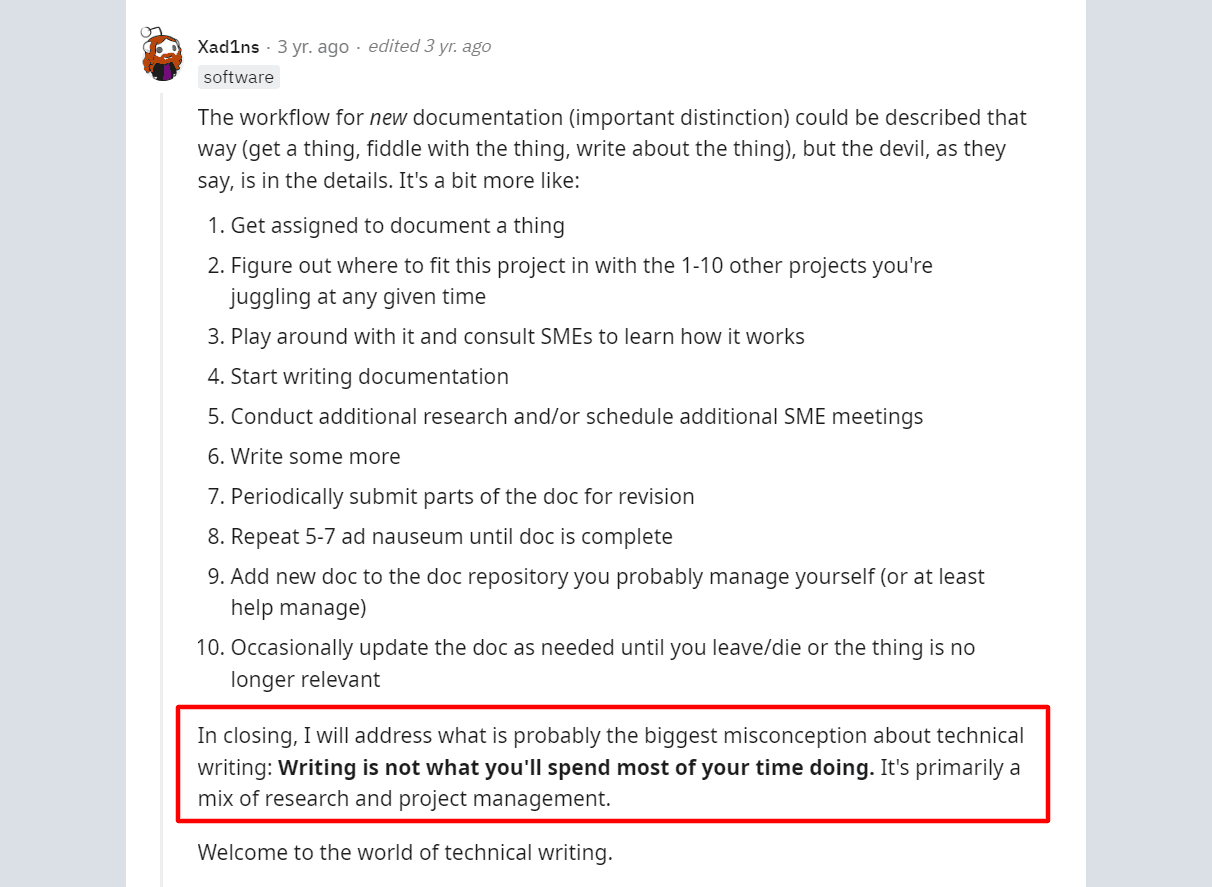
Source: Reddit
So, taking all of this into account, it’s clear that it isn’t sustainable to have developers or other members of the team write the documentation.
Developers might be able to explain how the product works, but that’s only a part of the job.
Besides, writing a step-by-step instruction manual usually isn’t enough to guarantee that every customer will use the product properly and know what to do when they run into problems.
That’s why quality documentation approaches the product from multiple angles:
- Installation guide
- Step-by-step instructions for usage
- Common use cases
- Advanced usage guide
- FAQ, troubleshooting, problem reporting
Here’s an example of a complete directory of documents from Asana, the project management software.
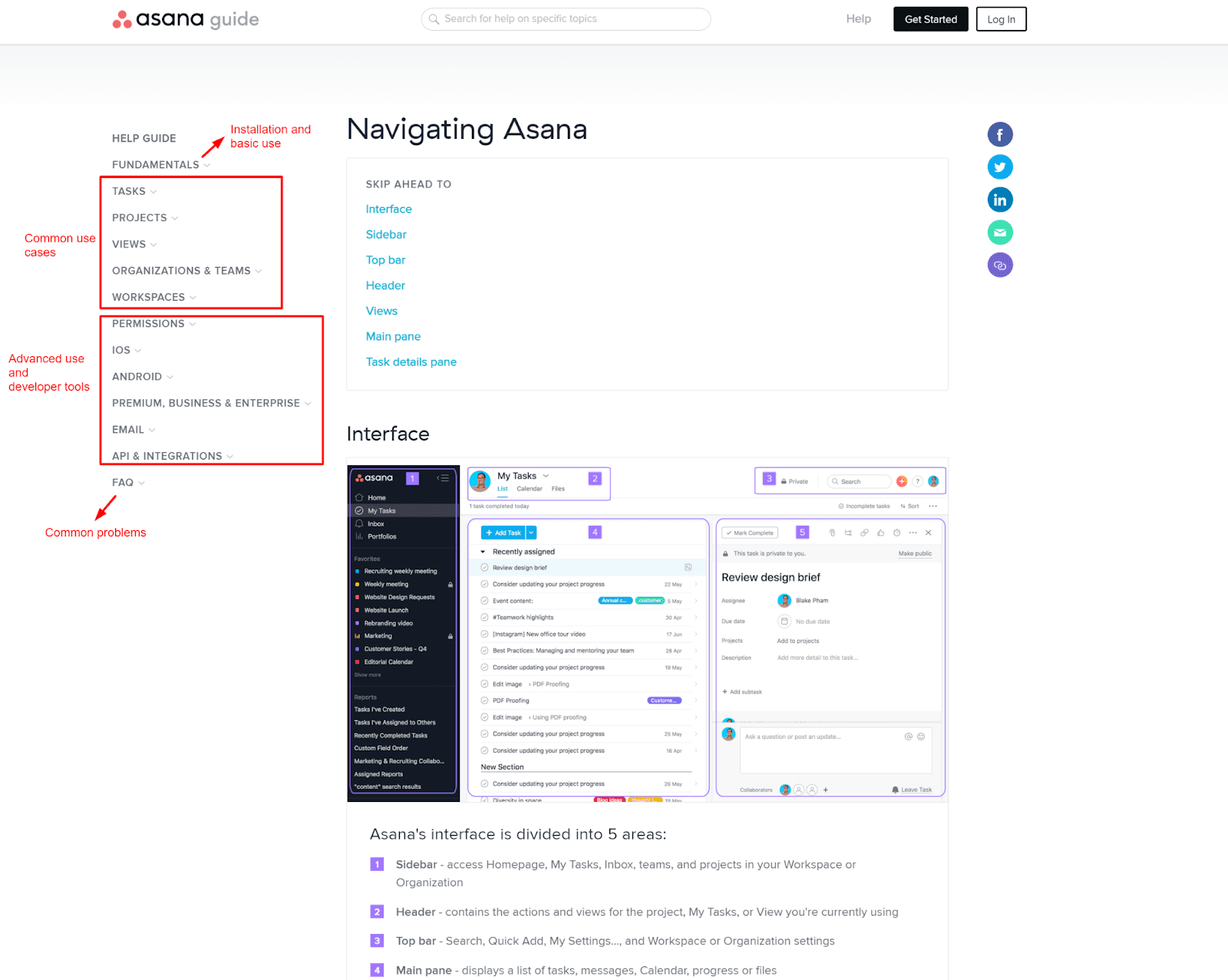
Source: Asana
The point is that it takes a lot of documentation to ensure every user has enough resources to successfully integrate a software product into their work and/or life.
To create documentation comprehensive enough to serve your customers, you’re going to need a technical writer on your team.
Understanding the Target Audience
Technical documentation is always written with a specific audience in mind.
Software documentation is even more complex because it sometimes needs to serve more than one audience:
- Executives who make the purchasing decisions
- External experts (IT staff, programmers) who will be implementing the product
- End-users who will be accessing the software in their everyday work
- Internal experts (developers) who continue to work on the software
Can anyone on your team speak the language of each of these audiences?
Part of the technical writer’s expertise is to be conscious of every target audience’s technical knowledge level.
With this knowledge, they can adapt their approach and language to adequately get their point across and explain the product to the intended audience.
Let’s have another look at Asana’s guide to see how documentation can serve multiple audiences at once.
Asana’s guide contains a wealth of resources for end-users who need to learn how to use the tool for everyday tasks.
A good example are the step-by-step instructions for Asana’s features:
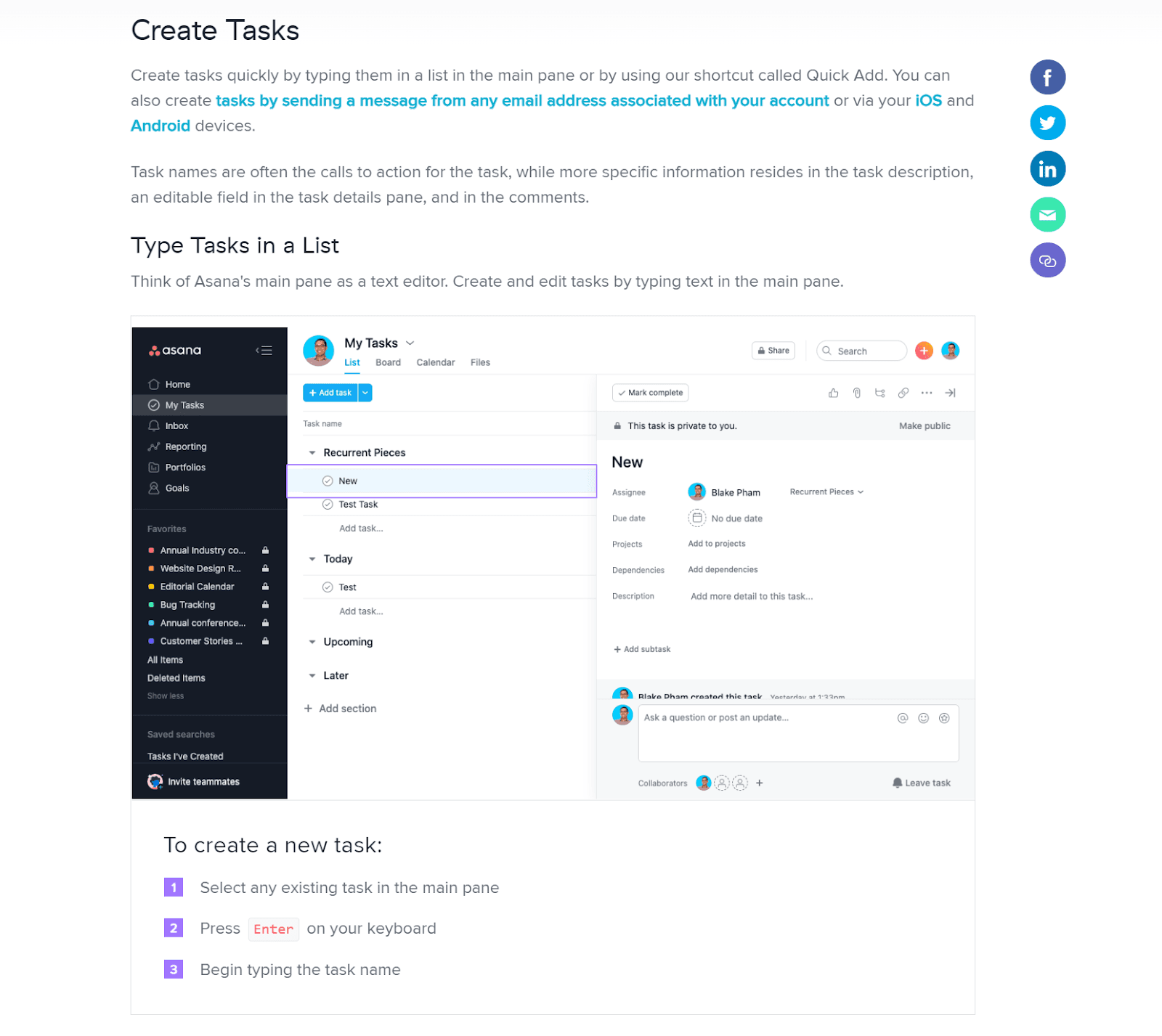
Source: Asana
As you can see, the section begins with an explanation of what the feature—in this case, tasks—does.
Then, step-by-step instructions are given so that the user can efficiently complete the action. The instructions are conveniently supplemented with screenshots for easier understanding.
Next, let’s look at the plans and upgrades section of the guide.
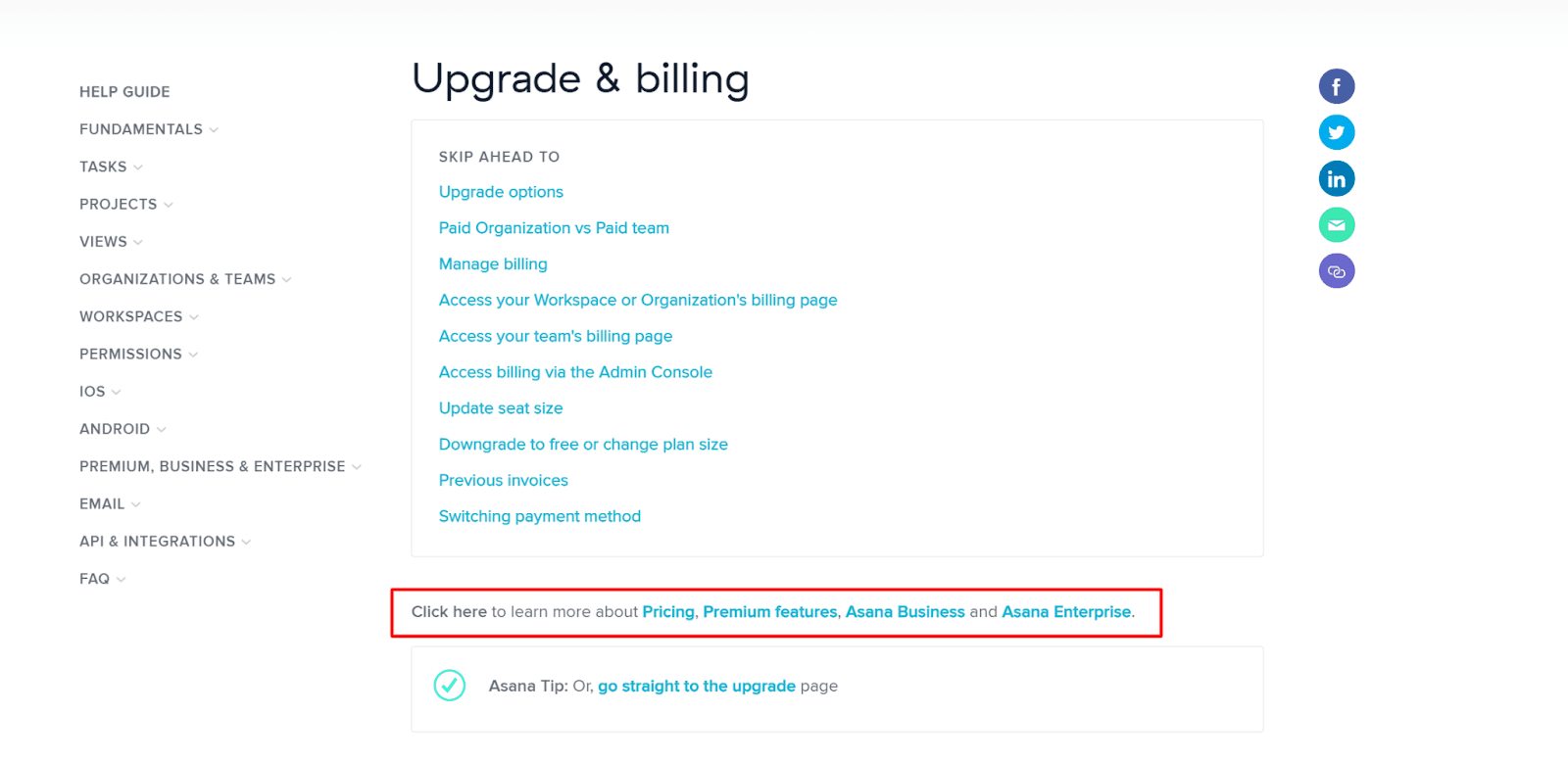
Source: Asana
This section is similarly structured to the user guides, with one significant addition.
The section begins with links to pages that detail pricing, premium benefits, and lists of features of upgraded plans.
This is done because the primary audience of this section are executives who need to be given valid reasons and a cost-benefit analysis before they can decide to upgrade their plan.
These resources are conveniently placed at the beginning of the section and then followed by instructions on how to activate the upgrade.
Finally, the guide also has resources for developers, such as Asana’s API and SDK.
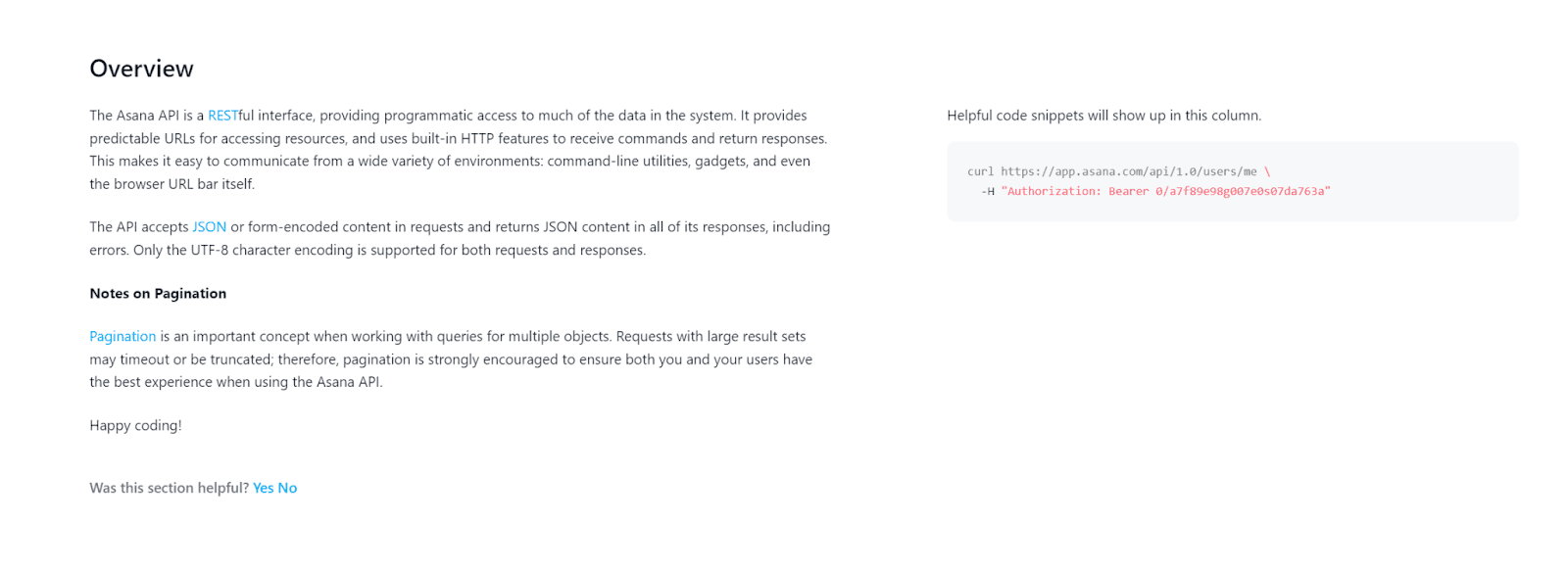
Source: developers.asana
Notice how the language of this section has shifted to reflect the higher-level technical knowledge of developers who will be using this section of Asana’s documentation.
In addition, Asana’s API guide doesn’t use step-by-step instructions or screenshots as much, but it does feature code snippets, diagrams, and resources such as a sandbox where developers can test out the code for themselves.
Asana’s documentation is very successful in providing a complete resource for its corporate customers.
That’s because it was written by technical writers who know precisely how to approach each audience that makes up their typical customer.
Such a deep understanding of target audiences is the hallmark of a good technical writer, which is another reason to include one in your team.
Reducing Support Costs
One of the biggest perceived obstacles to hiring a technical writer is the cost of an additional paycheck on the team. And to be frank, this is a valid concern.
Technical writers are highly trained experts who don’t come cheap.
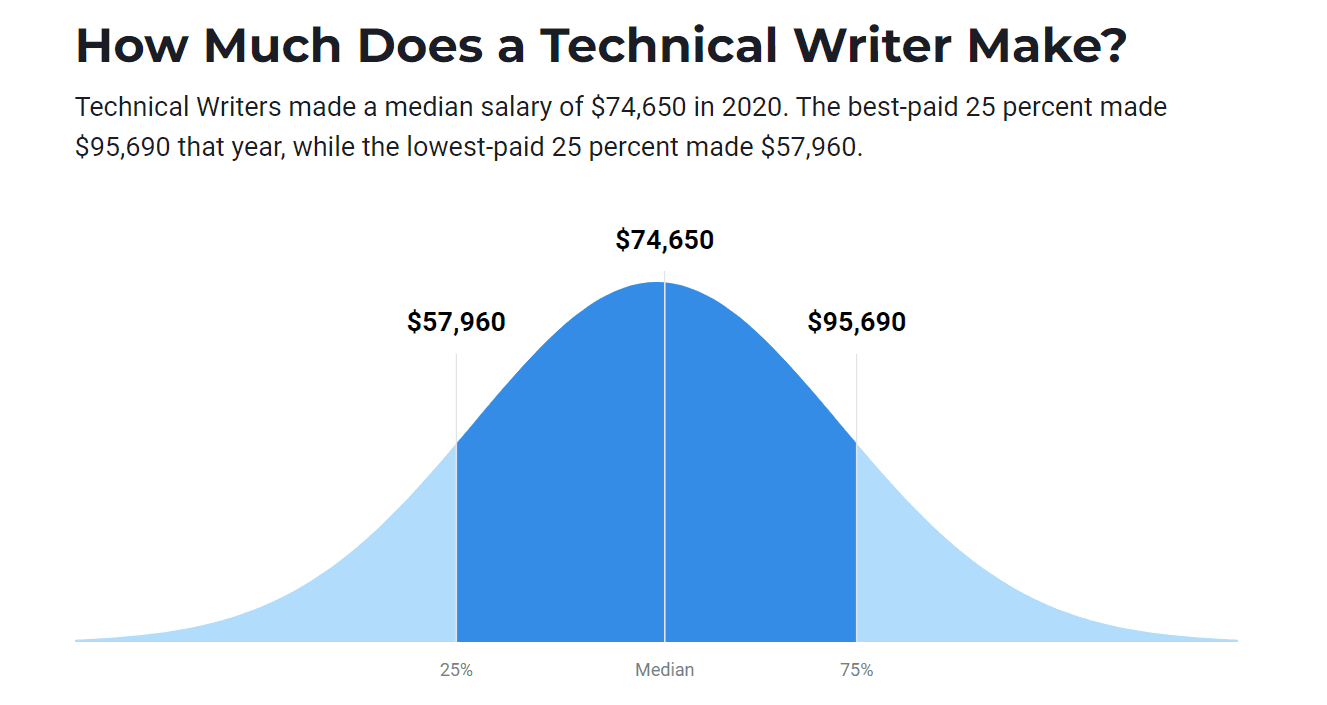
Source: money.usnews
However, many managers and executives don’t realize how much money a capable technical writer can save them.
We’ve already talked about how having a technical writer releases other team members from the duty of creating documentation, thereby raising the productivity of the whole team.
We’ve also mentioned that technical writers can make decision making easier for executives when it comes to upgrading their plans, which creates opportunities for upselling and cross-selling.
But the biggest return on investment actually comes from the customer service department.
The truth is that customer service is a very costly aspect of running a software company.
Customers who can’t work out how to take an action, or run into any sort of problem call your support agents and each support ticket costs money.
However, if your product is supported by ample documentation, such as tutorials, how-to articles, FAQ sections and troubleshooting guides, a large portion of those tickets won’t be created because the customers will solve a lot of their issues on their own.
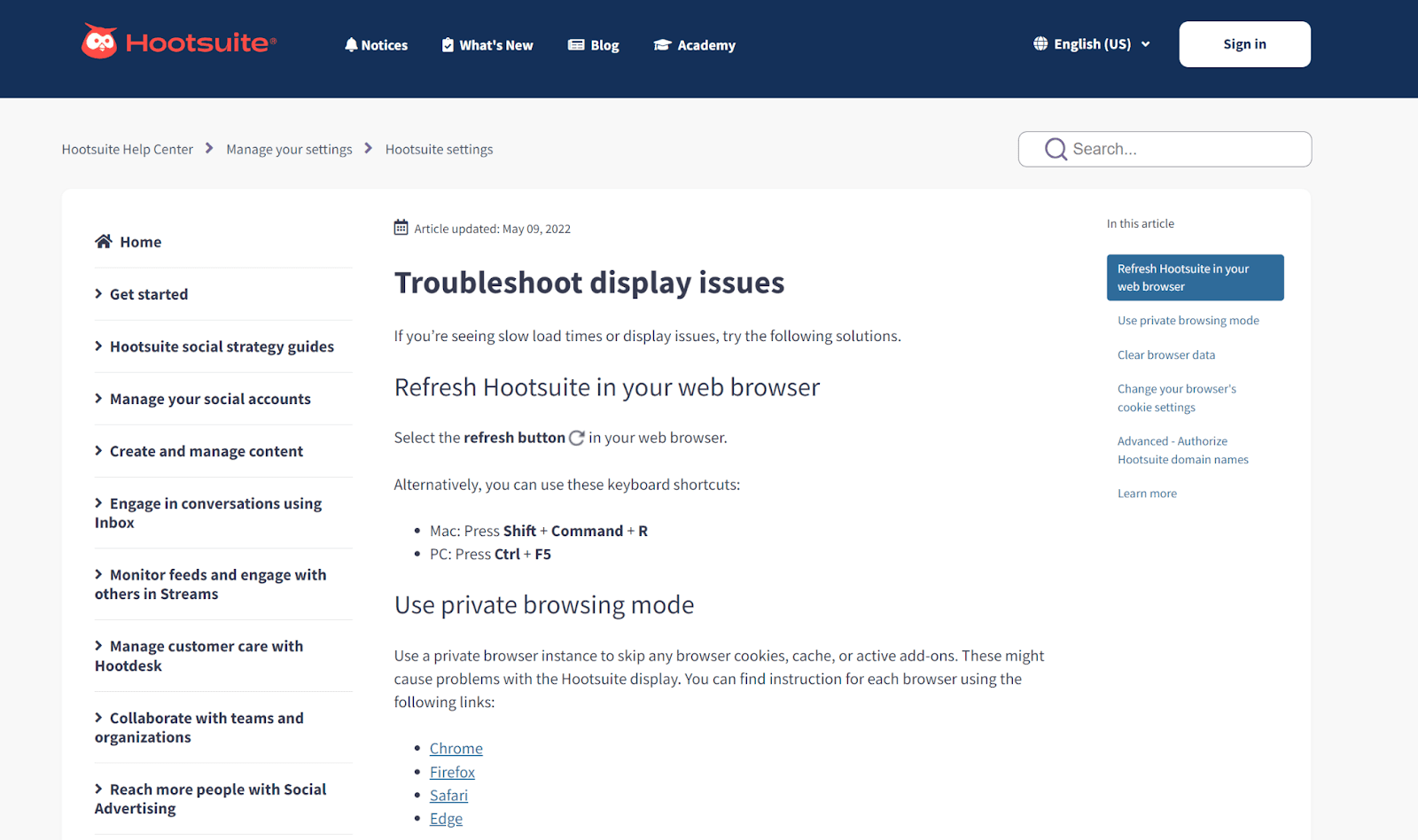
Source: Hootsuite
Do you see the value in that?
Each time a customer experiences an issue and contacts customer support, a costly ticket is created.
Meanwhile, a single article from your online documentation can help an infinite amount of customers, all at once, and not cost you a dime after it’s created.
The potential savings here are enormous because the cost of contact can be as much as eighty times cheaper when customers are using your documentation instead of contacting support agents.
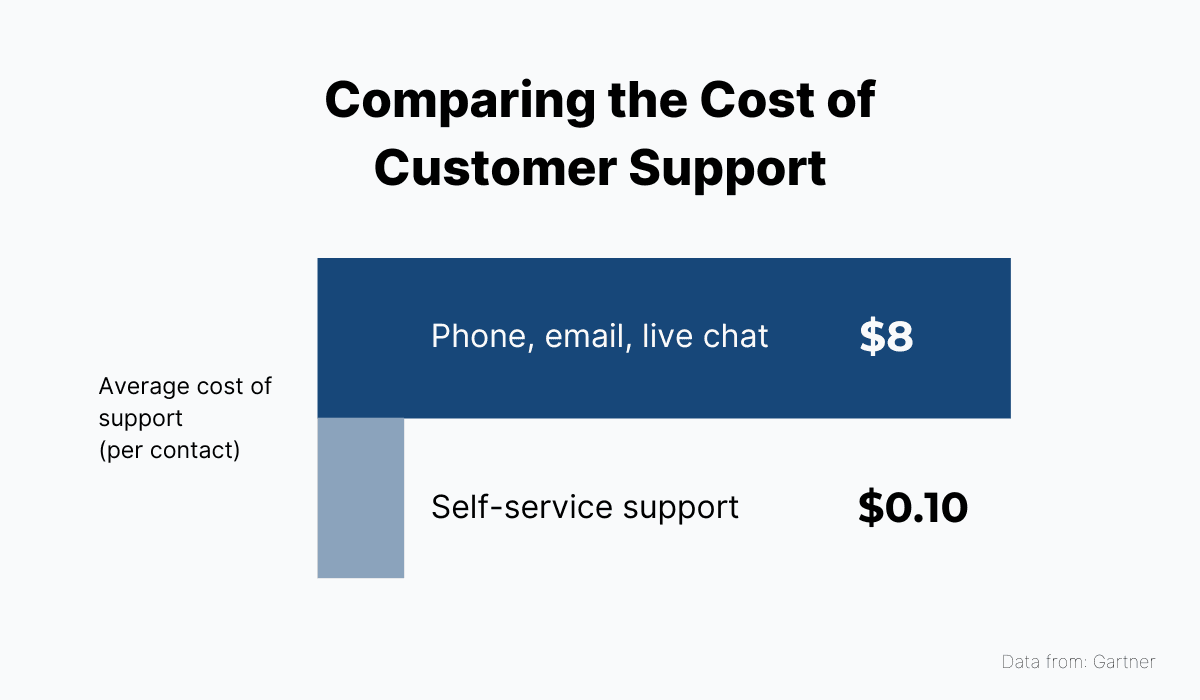
Source: Archbee
When you take this into consideration, it may actually be costing you money not to have a technical writer on your team.
Technical writers are your first line of defense when it comes to educating users and helping them overcome any issues they may be facing while using your software.
That way, a large burden is taken from your customer support team and support costs are kept low.
Knowledge Transfer
So far, we’ve been focusing on how documentation makes life easier for external users and proving that’s reason enough to add a technical writer to your team.
However, technical writers can also make a large impact on the functioning of your internal team.
If you think about it, that makes a lot of sense. Sure, your developers know everything there is to know about your product.
But what about, for instance, your marketing and sales teams? Do they have ready access to all the information they need to answer all of the customers’ questions?
Imagine a scenario where a potential customer calls your sales team to ask if your product can integrate with the tools they’re already using. If your sales rep doesn’t know the answer, what are they to do?
They would probably need to call the development team and ask, leaving the customer to wait and the lead to grow cold.
However, if they had access to comprehensive product documentation, they could look up the answer in the integrations list (like the one below) in mere seconds and satisfy the customer.
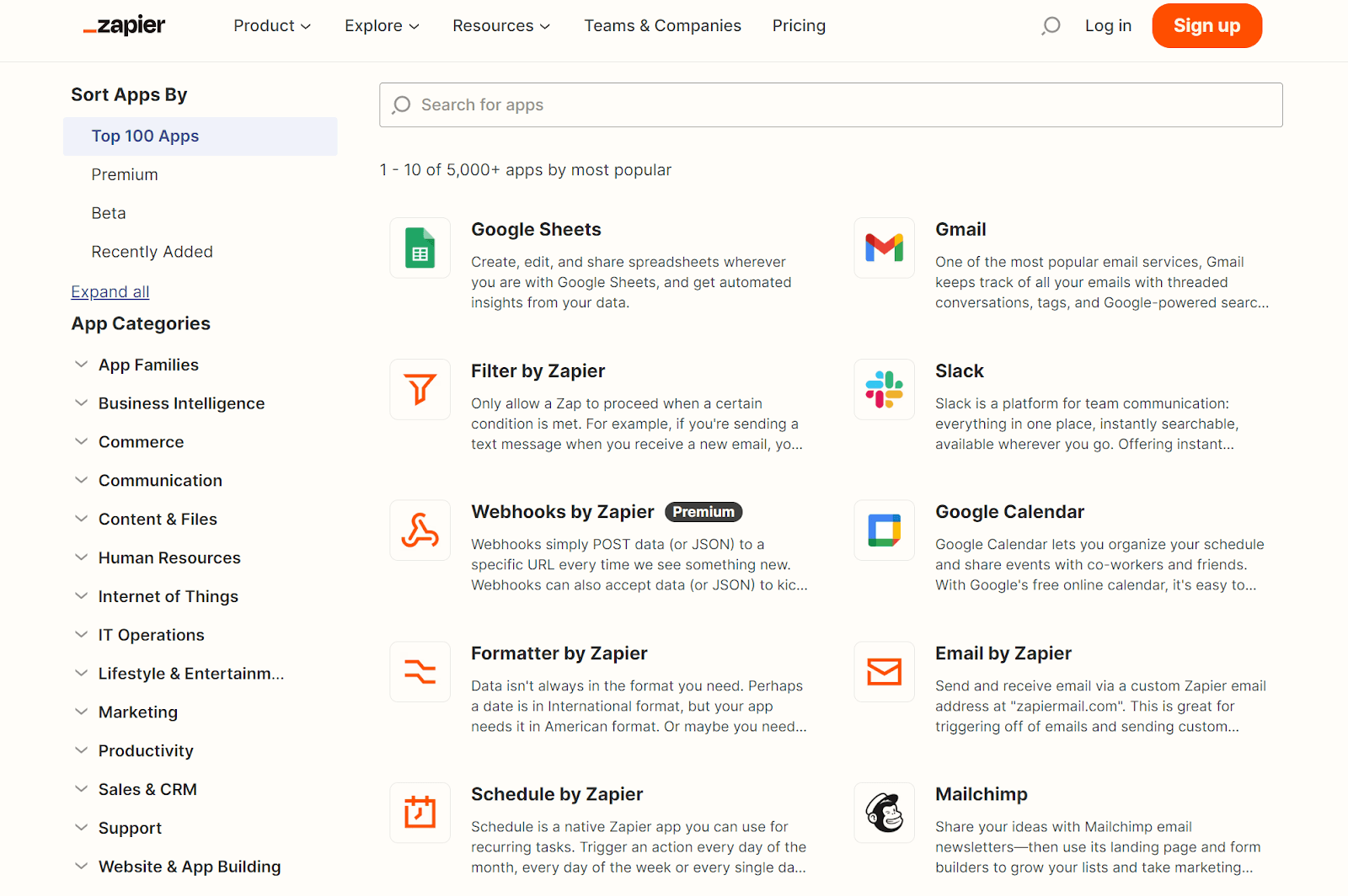
Source: Zapier
That’s just one example out of many.
Documentation can also help your customer support close tickets faster, or facilitate the onboarding of new employees who need to learn about the product.
All of this is possible if you have a technical writer to document everything your company does in a comprehensive knowledge base everyone can access to find answers to their questions.
If you’re using quality documentation software, like our own product, Archbee, your technical writer is even able to create a knowledge base that’s partially available to anyone online, with restricted information (such as information about ongoing projects or internal work procedures) that can only be accessed with the right credentials.
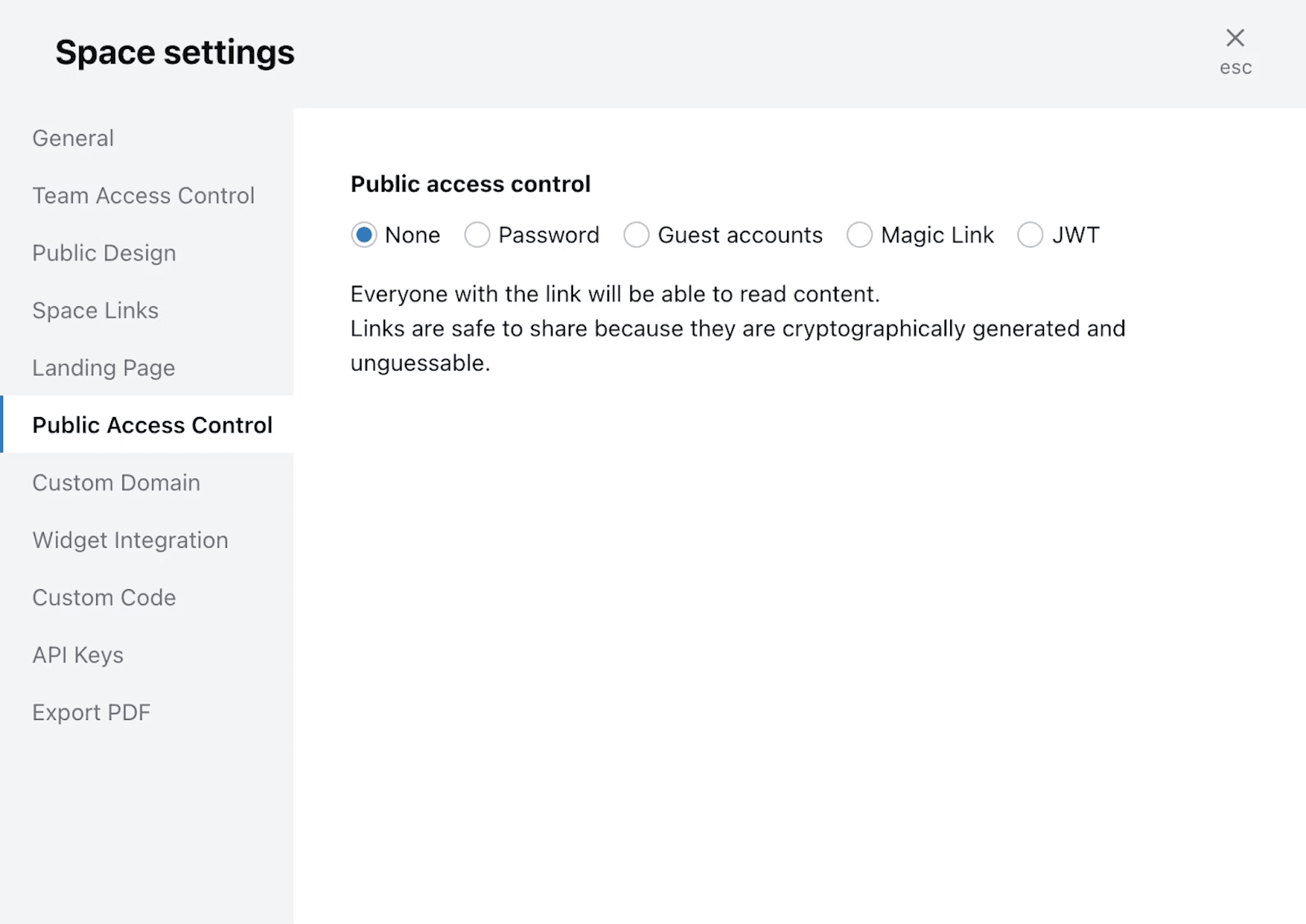
Source: Archbee
Long story short, with the addition of a technical writer on your team, almost every other employee can expect to be more productive because they’re going to have access to everything they need to know about the product, current projects, and company procedures.
In this way, technical writers can be said to support your entire team, in addition to supporting your great products.
Conclusion
So there you have it. There practically isn’t a stakeholder in your product that cannot benefit from a good technical writer on your team.
From the client-facing side, your customers stand to gain a quality guide that will help them start achieving their goals using your product, which will make it likely that they’ll stay with you for a long time.
From the perspective of your team, your developers will be able to focus on the software they’re building because someone else is taking care of the documentation.
And your marketing, sales, and customer support teams will have the access they need to information invaluable to their work.
In conclusion, there really is no reason not to hire a technical writer, so consider adding one to your team and start seeing the results very soon after.
Frequently Asked Questions
Common hesitations come from misconceptions: that documentation isn’t essential, that engineers or other teammates can "just write it," or that a dedicated writer is an extra cost without clear ROI. In reality, technical writing is a specialized discipline. A dedicated writer delivers clear, user-friendly docs that speed up onboarding, reduce support tickets, and free developers to focus on shipping—paying for itself over time.



